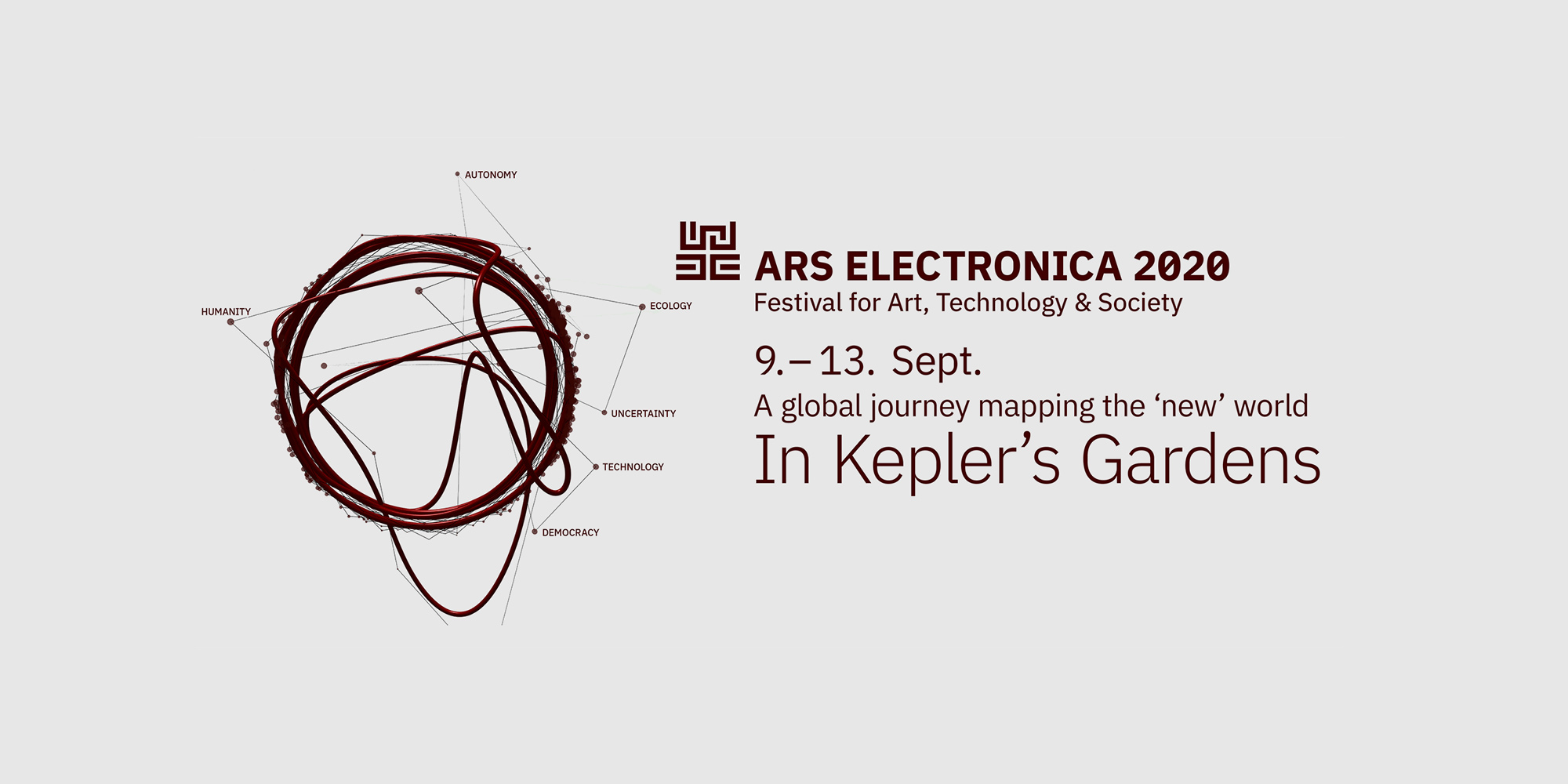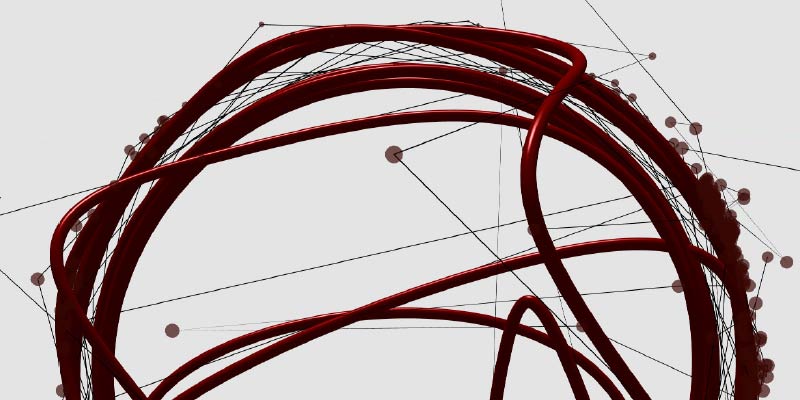Highlights
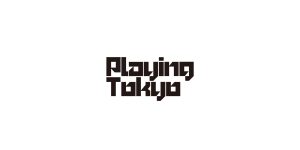
Rhizomatiks presents PLAYING TOKYO Vol.09 “Special Edition”
Seiichi Saito (JP), Carsten Nicolai (DE), Kazunao Abe (JP), Marko Peljhan (SI), Yukiko Shikata (JP), Daito Manabe (JP)
"Staying TOKYO" originally started as "Flying TOKYO," the talk and workshop event we have been holding since 2009 inviting some of the renowned international artists with whom Daito Manabe has a close relationship. Since the self-restraint advice by the Japanese government, the event has evolved as "Staying TOKYO" and has been running online every week. The first half of the event is a remote talk session with me, Seiichi Saito, inviting guests, and the second half is DJ/VJ session led by Daito Manabe and the engineers at Rhizomatiks introducing online experiments and tool development. Now that self-restrain advice is pull off, with the end of the emergency declaration, we changed the name to "PLAYING TOKYO" and shifted to a new phase to try to include the audience as much as possible in our expressive activities in real space. What can artists do now and what should they do in the field of entertainment? This is a "PLAYING TOKYO: Special Edition" by Rhizomatiks.
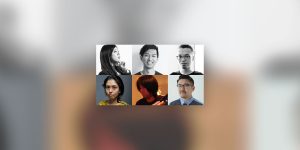
Rewinding the History of Japanese Media Art
Ai Hasegawa (JP), Akinori Goto (JP), Ken Furudate (JP), Michiko Tsuda (JP), Minoru Hatanaka (JP), Seiichi Saito (JP)
The history of Japanese media art is very diverse and profound, and it has found various new frontiers. This talk session explores the history of modern Japanese media art in reverse chronological order.
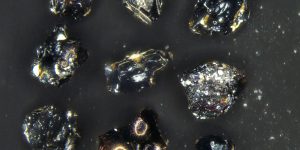
Observing the Macroscopic Gardens
Christiaan Zwanikken (NL), Raoul Frese (NL), Angelo Vermeulen (BE), Remco Daalder (NL)
The nocturnal roundtable “Observing the Macroscopic Gardens” features two talks: 1. Artist Christaan Zwanikken will talk about city-dwelling plant robots with astrophysicist Raoul Frese 2. Artist-biologist Angelo Vermeulen will talk about socializing Mars-gardens with Remco Daalder, municipal ecologist of Amsterdam
AI x MUSIC FESTIVAL Opening Ceremony
The Grid (US/EU), Gray Area (US), Codame (US), ZERO1 (US), MUTEK.SF (US), EUNIC Silicon Valley (US), EUNIC Washington DC (US), EUNIC New York (US), Ars Electronica AIxMusic Festival (AT), STARTS, European Commission (EU), Center for Humane Technology (US), Salesforce (US)
Ihr guide zum AIxMUSIC FESTIVAL Opening mit Livestream.

BR41N.IO Hackathon - The Brain-Computer Interface Designers Hackathon
Der BR41N.IO-Hackathon bringt Programmierer, Ingenieure, Designer, Künstler und/oder Enthusiasten zusammen, die in einem interdisziplinären Team intensiv zusammenarbeiten. Jedes Team muss ein einzigartiges, spielerisches und tragbares Kopfstück entwerfen und bauen, das nützliche EEG-Signale in Echtzeit messen kann und jede Art von Interaktion ermöglicht. Die Hacking-Projekte verwenden EEG-Elektroden und -Verstärker und fordern die Programmierer heraus, eine Schnittstelle zu programmieren, die es ihnen ermöglicht, Geräte, Roboter oder Anwendungen zu steuern, Nachrichten in sozialen Medien zu posten, Gemälde anzufertigen oder eine Unzahl anderer Anwendungen nur mit ihren Gedanken in Kraft zu setzen. BR41N.IO fordert auch kreative Köpfe dazu heraus, ein BCI-Headset mit 3D-Druckern, handgefertigten Materialien und Nähmaschinen zu entwerfen.
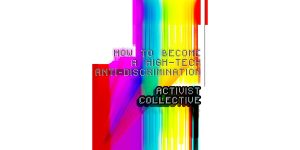
Safiya Umoja Noble: Algorithms of Oppression - How Search Engines Reinforce Racism
How to Become a High-Tech Anti-Discrimination Activist Collective
Die Informationslandschaft verändert sich rasch, da neue Anforderungen die Investitionen in digitale Technologien erhöhen. Kritische Wissenschaftler*Innen zeigen jedoch immer wieder auf, wie viele Technologien von Werten geprägt und durchdrungen sind, die nicht unparteiisch und körperlos sind oder denen es an Positionierungsfähigkeit fehlt. Technologien haben rassen-, geschlechts- und klassenpolitische Bedeutung. In diesem Vortrag wird Dr. Safiya Noble über ihr kürzlich erschienenes Buch „Algorithms of Oppression“ und den Einfluss der Technologie auf die Öffentlichkeit sprechen.

Lisa Nakamura: Estranging Digital Racial Terrorism After COVID
How to Become a High-Tech Anti-Discrimination Activist Collective
In diesem Vortrag wird argumentiert, dass COVID-19 eine beschleunigte Migration zu digitalen Netzwerken erzwang. Dieses neue Publikum wurde sowohl mit rassistischen und traumatisierenden digitalen Inhalten auf den Plattformen konfrontiert, als auch mit neuen Möglichkeiten für Kritik und Widerstand.

How to Become a High-Tech Anti-Discrimination Activist Collective
IFG-LIT (AT)
Neue Technologien sind in alle Aspekte unseres Lebens eingedrungen und versprechen eine breite Palette an Verbesserungen und Erleichterungen. Allerdings funktionieren Algorithmen, auf welchen diese Technologien basieren, im Gegensatz zur allgemeinen Wahrnehmung weder in neutraler Weise, noch behandeln sie alle Leute gleich.

Transmedia Storytelling: Camilla Plastic Ocean Plan
Filmuniversity Babelsberg (DE), IFAI - Institute for Art and Innovation (DE)
Can the expertise of filmmaking and art creation help solve current ecological problems? We believe in the co-creation of new narratives to achieve global climate goals.
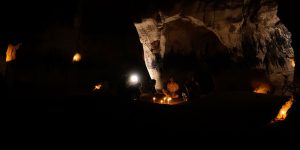
Finding Amir / From Jerusalem to the Judaea Desert, Israel
Musrara, the Naggar School of Art and Society (IL)
The day that Covid19 sent us all into isolation, Amir Meir, a member of the Musrara Sonic Art Research Group׳ announced he was going to spend the quarantine in one of the many caves in the Judean Desert near Jerusalem and disappeared ever since. With the aid of space and sound illusions practices, the film "Finding Amir" tries to touch on the in-depth questions about the imagined realities that lie behind the walls of digital and symbolic representation.
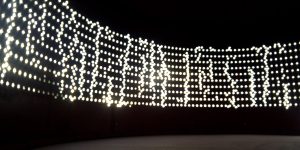
remote/displaced
Äänen Lumo (FI), Aalto University (FI), quietSpeaker (FI)
remote/displaced allows for an immersive exploration of a virtualized physical space: Öljysäiliö 468, a vast, decommissioned oil tank in East Helsinki. It takes the shape of a small collection of brief immersive audio-visual visits to this special remote place, exploring ways to listen to the encounter between sound, technology, space and landscape, as it emerges like a precarious ecosystem, where the boundaries between natural and artificial are constantly renegotiated and deformed by technology.

H3 Garden Before Detach ()
H3 Studio (RO)
Before Detach might be the final instruction of a new trip back to most of our familiar places. After a global lockdown, the question of Who am I? is more striking. Human-machine collaboration seems more and more tightly woven. While the advantages of the collaboration cannot be overstated, the fear of the power of a self-thinking machine seems to cloud the development. H3 – Before Detach brings together a human-robot performance, Who am I?, an exhibition of Interactive Installations produced in Bucharest – Before Detach, and a tour of the neighborhood of H3 Studio, a 20th century periphery invaded by the future.
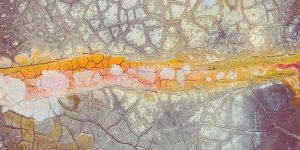
Speculating on the Future
Centre for Fine Arts (BOZAR) (BE)
BOZAR explores the role of scientific and technological research as an engine for creativity. The meeting of science, technology and the arts is the favoured basis for finding innovative responses to the social, ecological, and economic challenges that Europe will be facing in the near future. BOZAR joins the Ars Electronica Festival with its own interpretation of the Kepler’s garden, through the curation of 3 online events under umbrella name "Speculating on the future".
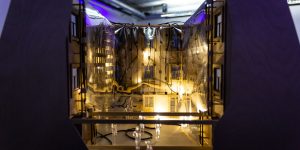
Art and Nanotechnology
gnration (PT) and INL – International Iberian Nanotechnology Institute (PT / EU)
gnration presents a virtual tour of The Invention of Sense by Marcel Weber. The exhibition explores extrasensory perception and a new sensuality. In the featured works, as well as in their presentation, Sensing, Discovering and Exciting are discussed, stimulated and elevated. The exhibition takes the premise further by extending the established restrictions of gallery space and turning the room itself into a medium and a stimulating, visceral experience.
